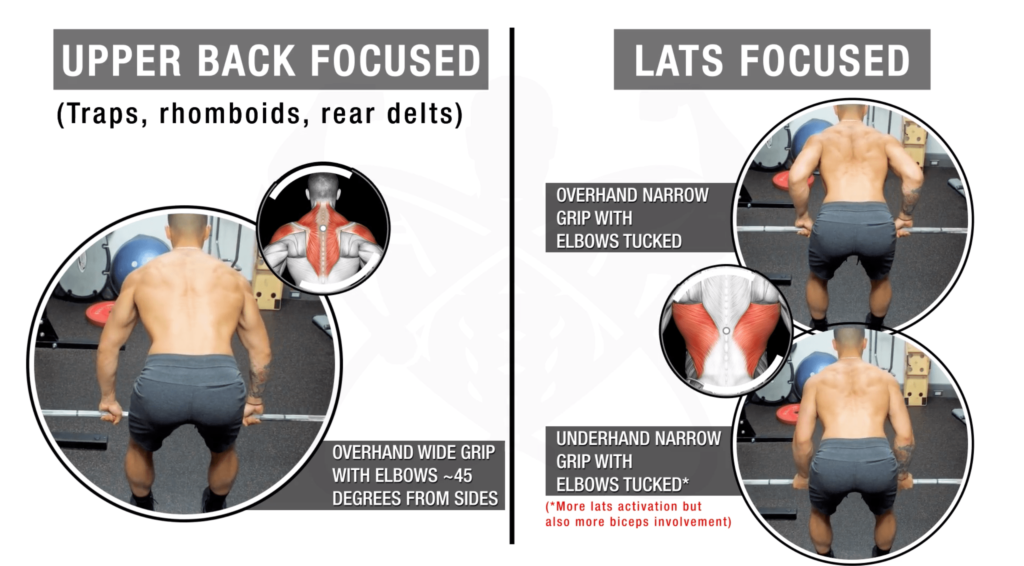Undoubtedly you do the necessary to make your back look impressive: horizontal and vertical pulls, deadlifts or rack pulls, isolating exercises. But do you also have an eye for the details? Three small points of attention that can make a big difference to your back progress.
1. CHEST FORWARD
The effectiveness of pull exercises (rows, pull-ups, pulldowns) depends on how vigorously and how far you move your elbows back. In doing so, it helps to focus on your chest: as you move your elbows back, push your sternum forward and up as much as possible. In this position you can squeeze your shoulder blades together the hardest and thus let your back muscles contract the hardest.
YouTube oracle Jeff Cavaliere calls this the “Superman Tip,” referring to the perky attitude Superman takes when he opens his shirt to reveal his “S.”
2. ELBOW WORK
The back is a group of large and small muscles that you will all need to develop. People often try to train the lattisimus dorsi (‘lats’), the muscle that widens your back. However, a ‘good’ spine does not only contain width, but also depth (or thickness).
The latter is mainly done by the muscles between your shoulder blades – the back extensors (erector spinae), the rhomboideus and on top of that the middle and lower trapezius (or ‘traps’). In addition, the backs of your shoulders (rear delts) also provide volume in the side view of the back.
Fortunately, there are compound exercises to train all those muscles in one fell swoop. If you have a horizontal pull (for example, the barbell row) and a vertical pull (for example, the pull-up) in your schedule, you’ve come a long way.
Sometimes, however, it may be necessary to shift or shift accents. That mainly depends on your genetic musculature. If your shoulder blades stick out a lot, you’re missing thickness in your upper back. Then you will have to stimulate your traps and rhomboid a little more. This can be done on the one hand by adding isolating exercises to your program, and on the other by performing compound exercises in a certain way.
The most important tweak on barbell and cable rows is the placement of the elbows. Holding them directly against the body will accentuate your lats. If you let your elbows stick out a bit, you put the emphasis on your upper back (especially the traps, rhomboid and rear delts).
With the barbell row this means that you use a relatively narrow grip if you find the lats important (width) and a slightly wider grip if you mainly want to train your upper back (depth).
 You can emphasize the barbell row by varying the grip width. (Source: Jeremy Ethier / Built With Science)
You can emphasize the barbell row by varying the grip width. (Source: Jeremy Ethier / Built With Science)Don’t go too narrow: make sure your forearms move back in a straight line. Also don’t go too wide, because then you put your shoulders in an undesirable position. Let your elbows stick out at a maximum angle of 45 degrees.
Another rowing variant that places more emphasis on the upper back is the pull-apart row. In this exercise you try, with a neutral grip, to tear apart the handles of a cable attachment.
3. A MOMENTUM PLEASE
Of course, you shouldn’t wiggle and rock excessively when doing cable rows or lat pulldowns. But you also don’t have to sit straight up straight. Then you will pull too much from your biceps, at the expense of your lats.
To mainly work your lats, move a little bit with the pull. So a little momentum is okay.
In addition, try to think of the muscle, the lattisimus dorsi: the well-known mind-muscle connection.
Also, focus on moving your elbows back rather than pulling the weight toward you with your arms, according to another tip from coach John Meadows.